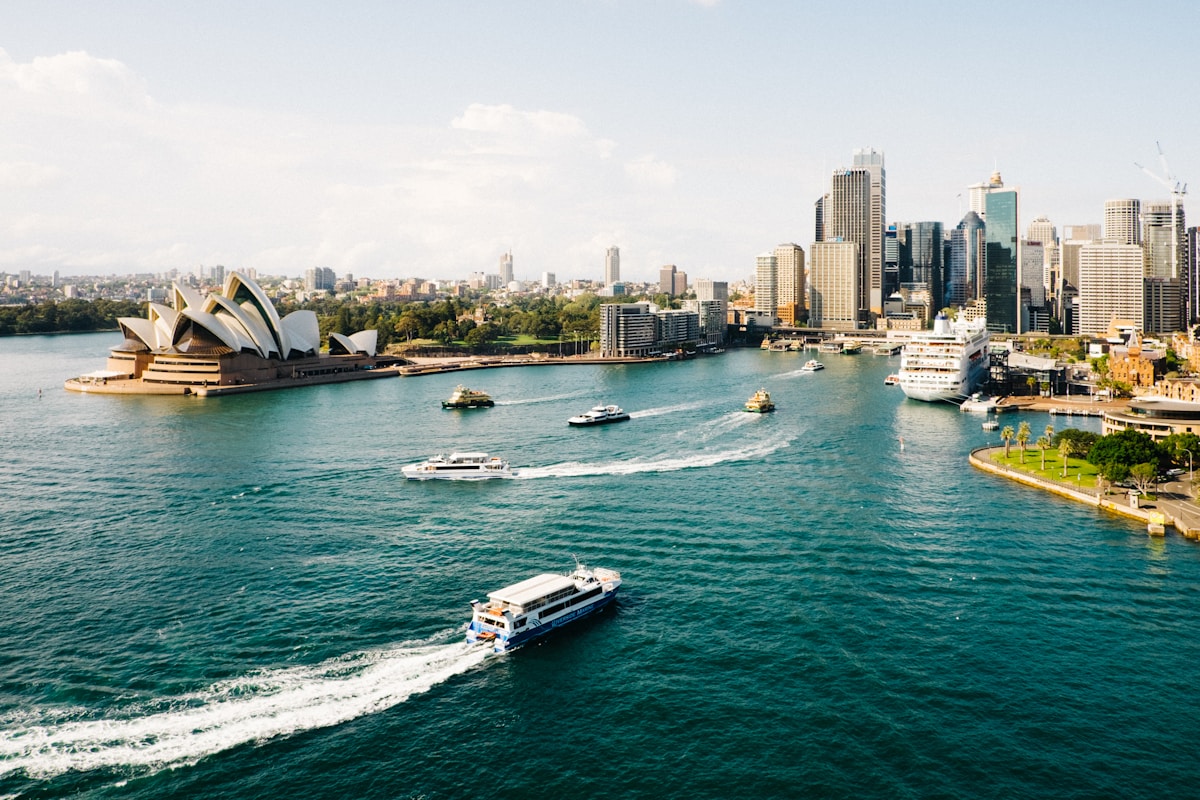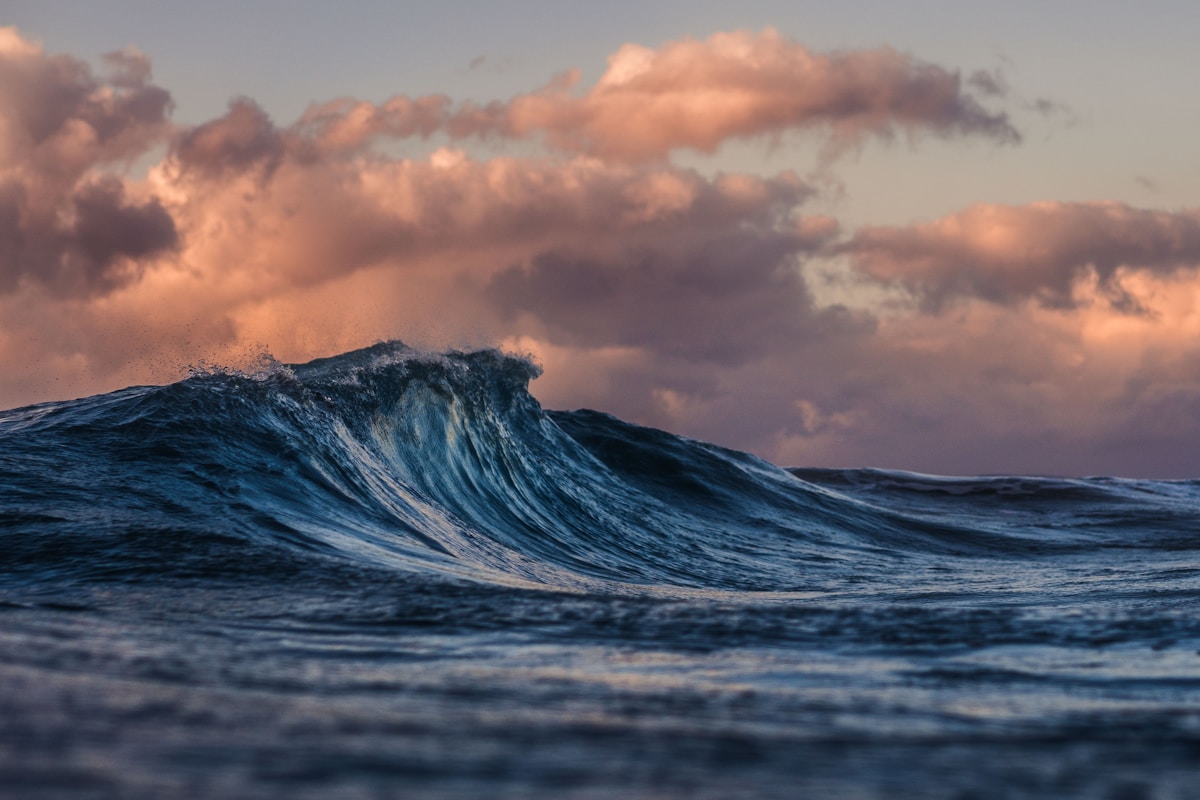Why Sydney Beaches Are World-Famous
I've lived in Sydney for over a decade, and I can tell you with absolute certainty: Sydney has the best urban beaches in the world. Not just Australia – the entire bloody world. We've got over 100 beaches within the greater Sydney area, each with its own personality, from the iconic golden sands of Bondi Beach to hidden coves that most tourists never find.
What makes Sydney's beaches truly special isn't just the pristine water or the perfect sand. It's the way beach culture is woven into the fabric of daily life here. We don't just visit beaches on holidays – we swim before work, have business meetings over brunch at beachside cafes, and catch sunset surfs after knocking off. For us Sydneysiders, the beach isn't a destination; it's a way of life.
Coming from a Vietnamese background myself, I remember being absolutely gobsmacked the first time I experienced Sydney's beach culture. In Vietnam, beaches like Nha Trang or Da Nang are holiday destinations. Here, they're your local park, your gym, your social club, and your meditation space all rolled into one.
Understanding Sydney's Beach Geography
Sydney's beaches fall into three main categories, and understanding this will completely change how you explore them:
Ocean Beaches (Eastern & Northern): These face the Pacific Ocean and get proper surf. Think Bondi, Manly, Cronulla. They're what most people picture when they imagine Sydney beaches – powerful waves, golden sand, and that unmistakable salt smell mixed with sunscreen and eucalyptus.
Harbour Beaches: Protected beaches inside Sydney Harbour with calmer water. Places like Balmoral, Nielsen Park, and Camp Cove are perfect for families with young kids or anyone who prefers swimming without being dumped by waves. The water's usually clearer too, brilliant for snorkeling.
Rock Pools & Ocean Baths: Sydney's secret weapon. We've got these incredible natural and man-made pools right on the edge of the ocean. Places like Bondi Icebergs and Bronte Baths let you swim in saltwater without worrying about rips or waves.
Top 10 Sydney Beaches Ranked (By a Local Who's Swum at All of Them)
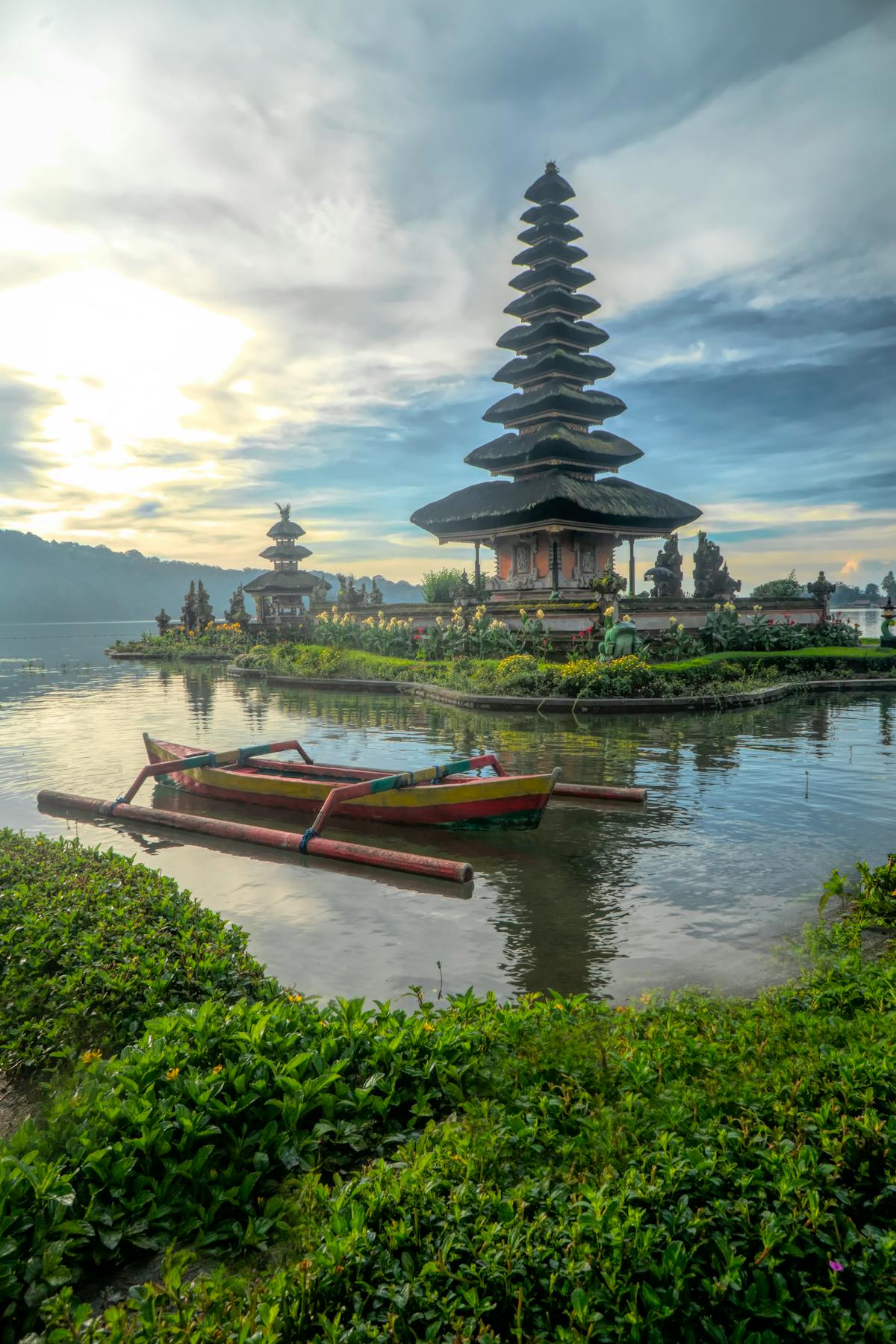
1. Bondi Beach – The Icon (Like It or Not)
Look, Bondi's touristy as hell, but there's a reason it's famous. The beach itself is genuinely stunning – that perfect crescent of golden sand, those sandstone headlands, the Icebergs pool perched on the southern end. I swim here twice a week, and even after years, that first glimpse of the beach still gets me.
Best for: First-time visitors, surf culture, people-watching, cafe culture
How to get there: Bus 333, 380, or 381 from Circular Quay (30-40 mins). Don't bother driving – parking's a nightmare.
Facilities: Everything. Showers, toilets, cafes everywhere, surf schools, equipment rental
Safety: Patrolled year-round, but watch for the 'Backpackers' Express' rip current in the middle
Local tip: Come early (before 8am) or late (after 5pm) to avoid the absolute circus. The light's better for photos anyway.
Vietnamese visitors love Bondi because there are actually a few Vietnamese restaurants nearby on Campbell Parade, and the vibe is very welcoming to internationals.
2. Manly Beach – Sydney's Other Icon
If Bondi's the extroverted party animal, Manly's the slightly more chilled older sibling. Getting here via the 30-minute ferry from Circular Quay is half the experience – you'll cruise past the Opera House and under the Harbour Bridge. The beach itself has that classic Aussie surf beach vibe with Norfolk pines lining the shore.
Best for: Families, ferry enthusiasts, surf schools, day trips from the city
How to get there: Ferry from Circular Quay (absolute must-do), or bus B1, E60
Facilities: Excellent – showers, toilets, The Corso shopping strip, cafes, restaurants
Safety: Patrolled year-round, generally safe for swimmers
Unique feature: Little penguin colony at nearby Manly Cove – you can spot them at dusk!
I always recommend Manly for Vietnamese families because the ferry ride is such a quintessentially Sydney experience, and the beach has calmer areas perfect for kids.
3. Coogee Beach – The Perfect All-Rounder
Coogee's my local beach, so I'm biased, but it genuinely is the best all-rounder. Not as manic as Bondi, better facilities than most northern beaches, and those rock pools – Giles Baths and Ross Jones Pool – are absolute treasures. The grassy area behind the beach is perfect for picnics.
Best for: Families, rock pool swimming, the Bondi to Coogee coastal walk, backpackers
How to get there: Bus 372, 373, 374 from Central or Circular Quay
Facilities: Great – showers, toilets, cafes, Coogee Pavilion (brilliant for a drink), playgrounds
Safety: Patrolled, good for families, rock pools are super safe
Local secret: Wylie's Baths (women-only sessions available) is a historic ocean pool that's absolutely magical at sunrise.
4. Bronte Beach – The Local's Favorite
Smaller than Bondi but with more soul. Bronte's got this wonderful community vibe – local families with kids, morning swimmers at the Bronte Baths, people having BBQs in the park. The ocean pool here is one of Sydney's best, and Three Blue Ducks cafe does an absolute ripper of a breakfast.
Best for: Ocean pool swimming, BBQs, families, avoiding Bondi crowds
Facilities: Ocean pool (free), BBQ facilities, playground, showers, toilets, cafes
Safety: Patrolled in summer, ocean pool is very safe
Don't miss: The Bronte Splashers swimming club meets every Sunday morning – you can join for a swim and coffee after.
5. Tamarama Beach – 'Glamarama'
Tiny beach, big personality. Locals call it 'Glamarama' because it attracts the beautiful people, but don't let that put you off. The beach is genuinely gorgeous, nestled between two headlands. Just be careful – Tamarama has strong rips and is not for inexperienced swimmers.
Best for: Experienced swimmers and surfers, people-watching, photography
Warning: Strong currents – not suitable for kids or weak swimmers
How to get there: Walk from Bondi (part of the coastal walk), or bus to Bondi then walk
Local tip: This is where Sculpture by the Sea happens every October/November – absolutely worth timing your visit for.
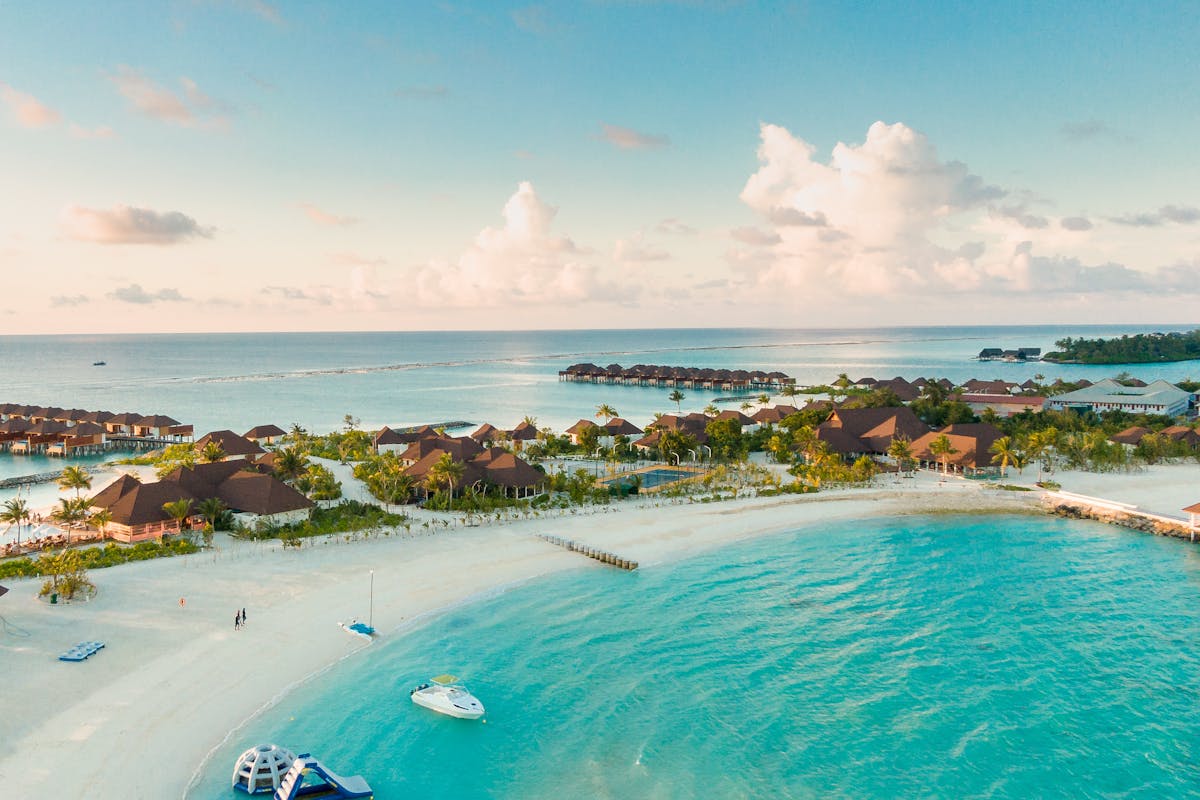
6. Freshwater Beach – The Northern Beaches Gem
This is where legendary surfer Duke Kahanamoku first demonstrated surfing in Australia in 1915. Today it's a quieter alternative to Manly with easier parking and a lovely relaxed vibe. The beach is wide, the surf's consistent, and there's actual parking (miracle!).
Best for: Surfers, families wanting something quieter than Manly, parking availability
How to get there: Bus from Manly or Wynyard, or drive (parking usually available)
Facilities: Basic but adequate – showers, toilets, a couple of cafes
Surf conditions: Consistent, good for learning to surf
7. Balmoral Beach – The Harbour Haven
If you want calm, clear water and a very civilized beach experience, Balmoral's your spot. This harbour beach on the North Shore has netted swimming areas (no waves, no worries), cafes with a slightly posh vibe, and that classic Sydney Harbour beauty. It's where North Shore families spend their weekends.
Best for: Families with young kids, calm swimming, snorkeling, kayaking
How to get there: Bus from Wynyard or Mosman, limited parking
Facilities: Excellent – showers, toilets, changing rooms, cafes, playground
Water conditions: Very calm (harbour beach), netted swimming enclosure
Cultural note: This is proper 'posh Sydney' – think North Shore families, expensive prams, and very good cafes.
8. Palm Beach – The Northern Escape
The northernmost beach in Sydney, Palm Beach is worth the 90-minute journey. One side faces the ocean with surf, the other side is calm Pittwater – you literally get two beaches in one. The Barrenjoey Lighthouse walk offers stunning views, and yeah, this is where they film 'Home and Away' if you're into that.
Best for: Day trips, photography, getting away from city crowds, lighthouse walks
How to get there: Bus L90 from Wynyard (1.5 hours), or drive
Facilities: Good cafes, the famous Boat House restaurant, basic beach facilities
Must-do: Walk up to Barrenjoey Lighthouse for epic views – takes about 30 minutes up.
9. Shelly Beach, Manly – The Snorkeling Spot
Just around the corner from Manly Beach, Shelly Beach is completely different – it's a protected marine reserve with calm water perfect for snorkeling. I've seen blue gropers, octopus, and schools of fish here. The walk from Manly Beach takes 10 minutes and is absolutely beautiful.
Best for: Snorkeling, families, calm swimming, learning to dive
Marine life: Protected reserve – you'll see fish, blue gropers, occasionally octopus
Facilities: Basic toilet/shower, excellent cafe (Boathouse Shelly Beach)
Equipment rental: You can rent snorkeling gear nearby in Manly
10. Cronulla Beach – The Southern Surf Strip
Sydney's southernmost beach strip and the only one you can reach directly by train from the city. Cronulla's got proper local surf culture – less touristy than Bondi, more authentic. The beach stretches for ages, and North Cronulla is particularly good for families.
Best for: Surfers, avoiding tourist crowds, accessible by train
How to get there: Train to Cronulla station (direct from Central, about 50 mins)
Facilities: Excellent – full strip of cafes and restaurants, showers, toilets
Surf culture: Strong local vibe, multiple surf breaks along the beach
Vietnamese community: There's a Vietnamese bakery and a few Asian grocers near the station.
The Famous Bondi to Coogee Coastal Walk
Right, if you do one thing with beaches in Sydney, do this walk. Six kilometers of absolutely stunning coastal scenery, hitting five beaches along the way: Bondi, Tamarama, Bronte, Clovelly, and Coogee. I've done this walk probably 200 times, and it never gets old.
Distance: 6km (about 2 hours walking, but you'll want to stop for photos and swims)
Best direction: North to south (Bondi to Coogee) – better light for photos
Best time: Early morning (6-9am) or late afternoon (4-7pm) – avoid midday heat
What to bring: Water, sunscreen, hat, swimmers (you'll want to jump in), phone/camera
Stop at Bronte for breakfast at Three Blue Ducks, or push through to Coogee Pavilion for a well-deserved beer. Most people start at Bondi, but I reckon starting at Coogee and walking north gives you better café options at the end.
Beach Safety & Surf Lifesaving (Please Read This)
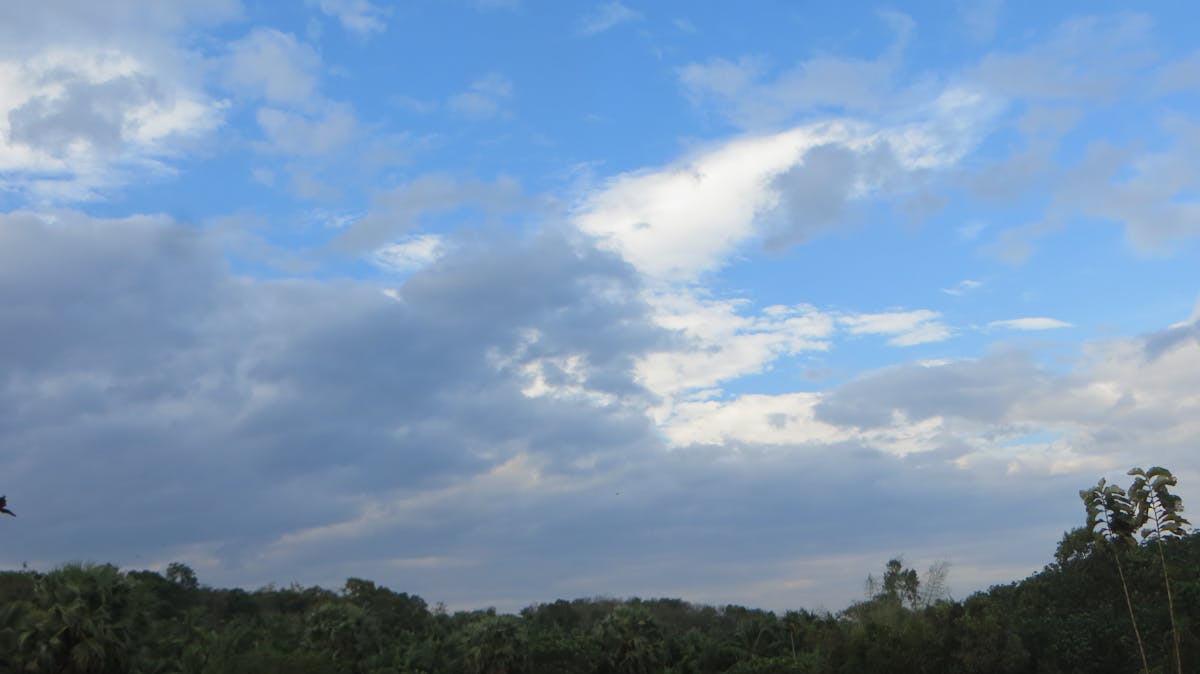
Look, I don't want to be a downer, but beach safety is serious business here. Australia has the whole surf lifesaving culture because our beaches can be genuinely dangerous if you don't know what you're doing.
Understanding Beach Flags (This Could Save Your Life)
Red and Yellow Flags: ALWAYS SWIM BETWEEN THESE. This is the patrolled area where lifeguards are watching. The flags are placed to avoid rip currents and dangerous conditions.
Red Flags: Beach closed, do not enter the water. Usually means dangerous conditions like big surf, strong rips, or marine stingers.
Yellow Flags: Caution, hazardous conditions but beach is open. Extra care needed.
I cannot stress this enough: always swim between the red and yellow flags. I know it might seem restrictive, but surf lifeguards place those flags based on where it's actually safe to swim that day. Rip currents change daily.
Rip Currents – The Real Danger
Rips kill more people in Australia than sharks, jellyfish, and crocodiles combined. They're channels of water flowing from the shore back out to sea, and they can pull even strong swimmers out. Coming from Vietnam, you might not have experienced rips before – they're not as common in Southeast Asian beaches.
How to spot a rip: Look for darker, calmer water between the waves, or water with foam, seaweed, or debris moving out to sea.
What to do if caught in a rip:
1. DON'T PANIC (easier said than done, I know)
2. Don't try to swim directly back to shore
3. Raise your hand to signal for help
4. Float and let the rip take you out (it'll stop after 50-100 meters)
5. Then swim parallel to the beach to escape the rip
6. Once out of the rip, catch a wave back to shore
Seriously, if you're not a confident ocean swimmer, stick to patrolled beaches, swim between the flags, and consider the ocean pools instead.
Surf Lifesaving Culture
Australia's surf lifesaving system is pretty unique – we've got volunteer lifeguards (called 'surf lifesavers') who patrol beaches on weekends, plus professional lifeguards at major beaches. The surf lifesavers are usually young, fit locals who compete in surf sports. If you see them training with those red and yellow caps, that's part of our beach culture that goes back over 100 years.
Sydney Beach Culture Explained (For Vietnamese Visitors)
Coming from Vietnam, some aspects of Sydney beach culture might surprise you, so let me break down the cultural differences:
Body Confidence & Swimwear: Aussies are generally very relaxed about bodies at the beach. You'll see all shapes, sizes, and ages in swimmers (what we call swimsuits). Bikinis are standard for women, boardshorts or budgie smugglers (speedos) for men. Topless sunbathing happens occasionally but isn't super common. What you won't see much of: people swimming in street clothes or covering up excessively.
Early Morning Swimming: We're obsessed with swimming before work. If you're at Bondi or Bronte at 6:30am, you'll see dozens of people doing their morning swim. It's a whole thing – swim, shower at the beach, coffee, then off to work. The Bondi Icebergs winter swimming club has been doing this since 1929.
Cafe Culture: Beaches and cafes go together like fish and chips. After a swim, you grab a coffee and maybe smashed avo on toast (classic Sydney beach breakfast). Places like Bills in Bondi or The Boathouse Balmoral are institutions. For Vietnamese visitors, you'll find the coffee culture very strong but quite different from Vietnamese café culture – less socializing for hours, more grab-and-go or quick brunch.
Casual & Friendly: Beach culture is very democratic in Australia. You might have a millionaire CEO sitting next to a backpacker on the sand, and no one cares. It's one of the few places where everyone's equal – we're all just here for the ocean. Don't be surprised if locals strike up a conversation – it's normal beach behavior.
Practical Information & Tips
Best Time to Visit Sydney Beaches
Summer (December-February): Peak beach season. Water's warm (21-24°C), weather's hot (25-35°C), beaches are packed, especially Christmas to Australia Day (January 26). This is when Sydney beaches are at their most vibrant but also most crowded.
Autumn (March-May): My favorite time. Water's still warm, crowds thin out after school goes back, weather's beautiful (20-26°C). Perfect beach weather without the chaos.
Winter (June-August): Don't write off winter! Water's cold (17-19°C) but refreshing. Winter swimming is huge here – the Bondi Icebergs and Bronte Splashers clubs swim year-round. Plus, it's whale watching season (May-November), and you might spot humpback whales from coastal headlands.
Spring (September-November): Warming up, water's cool but manageable (18-21°C), Sculpture by the Sea happens in October/November. Great time for beach walks and photography.
What to Pack for a Beach Day
Here's what I always bring:
• Sunscreen (SPF 50+ minimum – Australian sun is brutal)
• Hat and sunglasses (UV protection serious here)
• Water bottle (stay hydrated)
• Towel (beach towel, not your hotel towel)
• Swimmers and change of clothes
• Cash or card for parking/cafes
• Small dry bag for valuables (beach theft does happen)
• Rashguard or sun shirt (if you burn easily)
What you don't need: Beach umbrella (most beaches have shaded areas), excessive beach gear (we keep it simple).
Getting to Beaches (Public Transport vs. Driving)
Public transport is your friend. Bondi, Coogee, Manly, and Cronulla are all easily accessible by bus or train. Get an Opal card (our transport card) at any newsagent or use contactless payment. Weekend travel is capped at $8.05, so unlimited travel on Saturday or Sunday is cheap.
Driving and parking: Can be a nightmare at popular beaches, especially in summer. If you do drive, arrive early (before 9am) or late (after 4pm). Parking costs vary – free at some beaches, $5-8 per hour at others. Many beaches have parking limits (2-4 hours).
Hidden Gems & Local Secrets
After a decade here, I've discovered some absolute crackers that most tourists miss:
Milk Beach (Vaucluse): Tiny harbour beach with incredible views of the city. Perfect for sunset. Practically no one there during the week.
Chinamans Beach (Mosman): Calm harbour beach with great facilities, barely any tourists. North Shore locals keep this one quiet.
Store Beach (Manly): Hidden beach near Manly that you have to walk 10 minutes to reach. Clothing optional at one end, but also just genuinely beautiful and secluded.
Parsley Bay (Vaucluse): Netted swimming area, suspension bridge, bushland setting. Perfect for families with young kids and often overlooked.
The rock pools: Beyond the famous Bondi Icebergs, there's Mahon Pool at Maroubra (natural rock pool), McIver's Ladies Baths at Coogee (women only, historic), and dozens more. Rock pools give you the ocean experience without the waves or rips.
Vietnamese Visitor Specific Tips
Having Vietnamese family and friends visit regularly, here's what I always tell them:
Language: Beach lifeguards speak English, but most are patient and helpful with non-English speakers. Learn 'help' and 'rip' just in case.
Sun protection: The Australian sun is significantly stronger than in Vietnam. Even on cloudy days, you can burn. Vietnamese skin types (usually Type III-IV) still need SPF 50+. Reapply every 2 hours. I've seen too many Vietnamese visitors get severe burns on their first beach day.
Swimming ability: Be honest about your swimming skills. If you're not confident in surf conditions, stick to harbour beaches like Balmoral or Camp Cove, or use the ocean pools. There's no shame in choosing safer options.
Food nearby: Bondi has a couple of Vietnamese restaurants on Campbell Parade. Coogee has a few Asian grocers and eateries. Cronulla has Vietnamese bakeries. But generally, beach suburbs are more about cafe culture than authentic Vietnamese food. Your best bet for Vietnamese food is Cabramatta or other western suburbs.
Making friends: Aussies at the beach are generally friendly. Don't be afraid to ask locals for tips or advice. We're usually happy to help, especially if you're genuinely interested in learning about our beach culture.
Cultural differences: Australian beaches are very body-positive and casual. You'll see all body types, ages, and styles. Swimming in regular clothes or being overly modest might get odd looks, but no one will say anything. If you're comfortable, just wear regular swimmers like everyone else.
Comparing Sydney to Vietnamese Beaches
Having spent summers in Nha Trang, Phu Quoc, and Da Nang, I can tell you the experiences are quite different:
Water conditions: Sydney's Pacific Ocean is rougher and colder than Vietnam's South China Sea. Our surf is bigger, our rips are stronger. But our water's generally cleaner with better visibility for snorkeling.
Beach culture: In Vietnam, beaches are holiday destinations where you go to relax, eat seafood, and maybe swim a bit. In Sydney, beaches are active spaces – people swim laps, surf, run, do yoga, play volleyball. It's a fitness and social space, not just relaxation.
Facilities: Sydney beaches generally have excellent free facilities – showers, toilets, BBQ areas, playgrounds. In Vietnam, facilities can be more basic or privately run.
Food: Vietnamese beach food culture (fresh seafood, beach vendors, cold beer) is amazing but different from Sydney. Here it's more about cafes, fish and chips, and ice cream. Both great, just different vibes.
Crowds: Popular beaches in both countries get packed in summer. But Sydney has more hidden beaches where you can escape crowds if you know where to go.
Beyond Swimming: Beach Activities
Sydney beaches offer way more than just swimming:
Surfing: Learn to surf at Bondi or Manly – dozens of surf schools offer lessons from $70-100 for a 2-hour group lesson.
Coastal walks: The Bondi to Coogee walk is famous, but there's also Manly to Spit Bridge (10km, stunning), and Coogee to Maroubra coastal walk.
Beach fitness: Free outdoor gyms at Bondi, Coogee, and Manly. Beach yoga classes, running groups, and swimming clubs.
Photography: Sydney beaches are incredibly photogenic. Best light is early morning (6-8am) or late afternoon (5-7pm). Get photography tips here.
Markets and events: Bondi Markets every Saturday, Sculpture by the Sea in October/November, City2Surf running race finishes at Bondi in August.
Where to Stay Near Beaches
For tourists wanting beach accommodation:
Budget ($50-100/night): Coogee and Bondi have numerous backpacker hostels. Try Wake Up Bondi or Coogee Beachside Accommodation.
Mid-range ($150-250/night): Airbnb in Bondi, Coogee, or Manly. Or try Adina Apartment Hotel Coogee, Quest Manly.
Luxury ($300+/night): QT Bondi, Manly Pacific Hotel, or beachfront Airbnb with ocean views.
Personally, I'd stay in Coogee for the best value – cheaper than Bondi, better local vibe, excellent beach, close to the coastal walk.
Day Trips from Sydney Beaches
If you've conquered Sydney beaches and want more, consider these day trips:
Newcastle (2 hours north): Excellent surf beaches, less crowded, great cafe culture. Read the full Newcastle beaches guide.
Wollongong (1.5 hours south): Beautiful beaches with the Illawarra escarpment as backdrop. Check the Wollongong guide.
Jervis Bay (2.5-3 hours south): Hyams Beach has the whitest sand in the world (Guinness World Record). Crystal clear water, perfect for snorkeling.
Central Coast (1-1.5 hours north): Terrigal, Avoca Beach – less developed, more relaxed vibe.
Final Tips From a Local
After 10+ years of Sydney beach life, here's my honest advice:
1. Start early: Best beach experience is 6-9am. Fewer crowds, better light, cooler weather, you'll feel like a local.
2. Don't just do Bondi: Yes, see Bondi, but explore others. Coogee, Manly, Bronte, and Balmoral all offer different vibes.
3. Respect the flags: I know I sound like a broken record, but swim between the red and yellow flags. Our beaches look beautiful but can be dangerous.
4. Sun protection is not optional: Australia has the highest skin cancer rates in the world. SPF 50+, every 2 hours, even on cloudy days.
5. Try an ocean pool: If you're nervous about surf, the rock pools and ocean baths are brilliant and uniquely Sydney.
6. Do the coastal walk: Bondi to Coogee is touristy but genuinely beautiful. Worth the crowds.
7. Visit different beaches for different experiences: Harbour beaches for calm swimming, ocean beaches for surf and energy, rock pools for safe swimming with ocean views.
8. Embrace the beach culture: Swim before breakfast, have a coffee at a beach cafe, chat with locals. That's the real Sydney beach experience.
9. Be beach smart with valuables: Beach theft happens. Use hotel safes for passports/valuables, or use a small waterproof bag you can swim with.
10. Check conditions: BeachSafe app or website shows conditions, hazards, and patrol times for every beach. Use it.
Connecting to the Blue Mountains & Beyond
If you're enjoying Sydney's beaches but want to experience Australia's natural beauty beyond the coast, the Blue Mountains are just 90 minutes west. It's a completely different landscape – dramatic cliffs, waterfalls, and eucalyptus forests. Many visitors do beaches for a few days, then head to the mountains for a change of scenery. Read about Blue Mountains day trips.
For more Australian coastal experiences, Sydney's Northern Beaches extend all the way to Palm Beach, and you can explore the secret beaches that most tourists miss.
Conclusion: Your Sydney Beach Journey
Sydney's beaches are genuinely world-class, and they're a huge part of what makes living here so special. Whether you're here for a week or settling permanently, the beach culture will probably become part of your life too. It happened to me – I went from being a casual beach visitor to swimming three times a week, joining a ocean pool club, and timing my whole life around tide charts.
Start with the classics (Bondi, Manly, Coogee), learn the safety basics, then explore the hidden gems. Try different beaches for different moods – harbour beaches when you want calm, ocean beaches when you want energy, rock pools when you want the best of both worlds. And always, always swim between the flags.
The ocean's waiting. See you out there.
